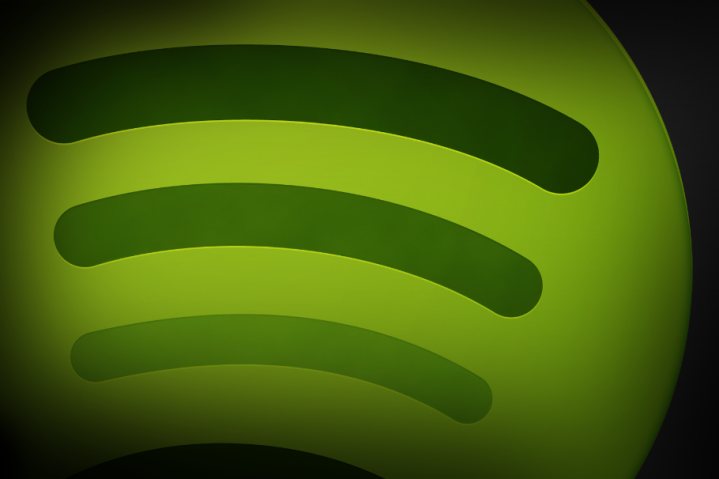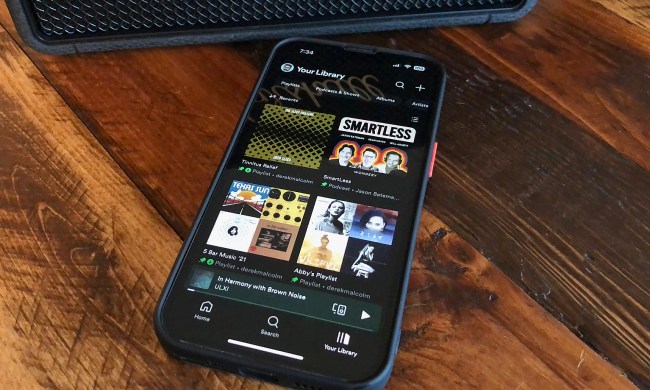
In a renewed attempt to prove that it’s good for the music industry, Spotify has gone on the offensive to prove how much it benefits artists, and how it is curbing piracy.
To get more bands and artists onboard with its exceedingly low royalty payments of $0.0084 to $0.006 per stream, Spotify has launched a new portal for artists that helps them track how many people are listening to them on the service. “Spotify for Artists” will help musicians (and their managers) know which of their songs are most popular, give demographic information of listeners, and monitor fan activity on Twitter and Facebook. Artists can register to start getting analytics here.
Before we get into how Spotify claims it helps the music industry, below are the service’s top tracks of 2013. The top spots in the United States, and around the world, are held by Daft Punk, Macklemore & Ryan Lewis, Imagine Dragons, Passenger, Robin Thicke, The Lumineers, Pink, Justin Timberlake, Lorde, and Calvin Harris.
These 100 tracks, and hundreds of thousands of others, have helped Spotify earn enough to pay out $1 billion in artist royalties, with $503 million of that in 2013 alone. Spotify’s Artists Explained page argues that its $10-per-month service effectively doubles the amount an average US paying listener spends ($5) per month – though it fails to mention that only a fraction of Spotify’s users are paying for its service.
Even if you tally in free users, the service still claims that it is benefiting the industry. An average US music listener spends $25 per year on music, it claims, but an average Spotify user (free and premium mixed together) brings in $41. The streaming service pays out roughly 70 percent of its revenues to rights holders, who are paid based on the total number of streams for their music during a given period of time, and how that compares to the total number of streams played on the service, in that country. Again, these payments are a fraction of a fraction of a cent per play.
Here is some info on how much royalty holders – not artists – might make from putting their albums on the service.
How much an album makes on Spotify in a month (July 2013 rates):
- Global Hit Album: $425,000
- Spotify Top 10 Album: $145,000
- Breakthrough Indie Album: $76,000
- Classic Rock Album: $17,000
- Niche Indie Album: $3,300
Annual royalty rates for a “global star” are now around $3 million, but they’re expected to grow to $6.5 million in the next year. We assume that’s how much artists like Lorde or Pitbull stand to make this year.
Finally, Spotify claims that, if offered a legal free alternative (like Spotify), 55 percent of 18- to 29-year-olds say they would “pirate less.” This data comes from a Columbia University Copyright Infringement and Enforcement study, so it’s not exactly clean, or all too helpful. About 40 percent of those ages 30 to 49 would pirate less if they used something like Spotify, according to the data.
So, what do all these numbers mean? Spotify does appear to do some good, but it’s still a bandaid on an amputation. Physical CD sales continue to drop and download services like iTunes aren’t making up for the difference. What Spotify doesn’t say is whether users of its service still spend money to buy digital music. That seems unlikely, given Spotify’s all-encompassing catalog.
Spotify is good for the industry, but only when you consider just how far music sales have yet to fall.


